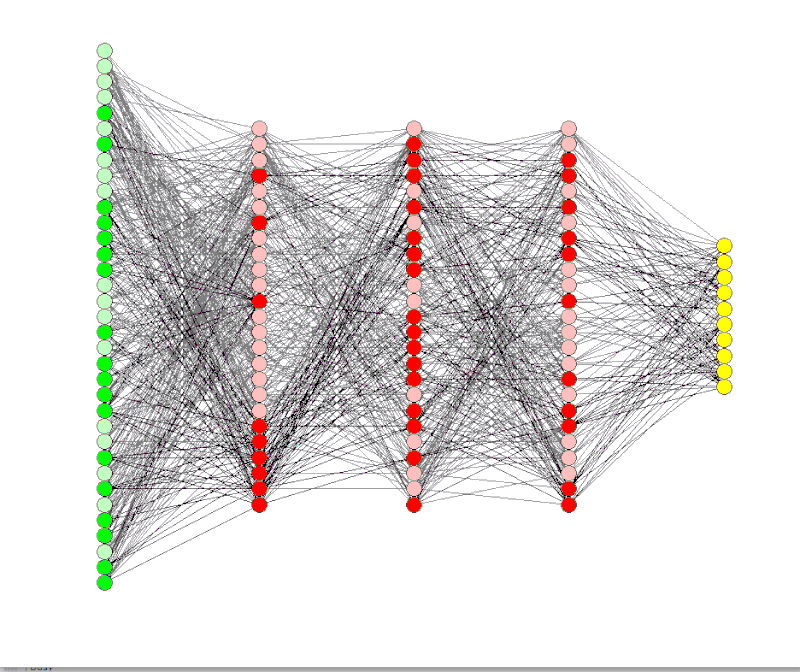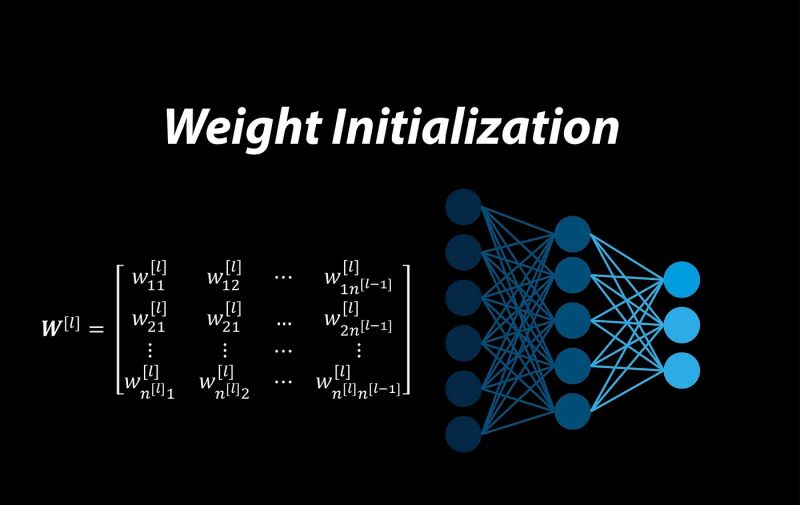🚀 𝗟𝗟𝗠𝗢𝗽𝘀: A Friendly Introduction
So, you heard the buzz around LLMOps from your friends or colleagues and wondering what the fuss is all about.
Let’s dig in.
𝗙𝗶𝗿𝘀𝘁, 𝗪𝗵𝗮𝘁 𝗶𝘀 𝗶𝘁?
Think of it as the next evolution of MLOps which in itself was an evolution of DevOps tailored for ML.
MLOps is further tailored specifically to handle the challenges of working with large language models.
Think it like => 𝗗𝗲𝘃𝗢𝗽𝘀->𝗠𝗟𝗢𝗽𝘀->𝗟𝗟𝗠𝗢𝗽𝘀
So it has CI/CD pipelines and model monitoring and more to manage LLM-specific tasks like prompt engineering and human feedback loops.
𝗪𝗵𝘆 𝗶𝘀 𝗶𝘁 𝗡𝗲𝗲𝗱𝗲𝗱?
Ah. LLMs are complex. Much more complex than classical ML models. Need special tooling and hence it is needed.
1. LLMs are massive. Running them efficiently requires careful planning of computational resources like GPUs or TPUs.
2. LLMs aren’t just models—they require additional tools like vector databases.
3. Training and serving LLMs is $$$$ and hence more eyes and care.
𝗦𝗼, 𝗪𝗵𝗮𝘁 𝗮𝗹𝗹 𝗳𝗮𝗹𝗹𝘀 𝘂𝗻𝗱𝗲𝗿 𝗶𝘁?
1. Prompt Engineering
Since LLMs are heavily influenced by how you ask questions (prompts), managing prompts involves tracking and optimizing them for the best results. Tools like LangChain or MLflow can help streamline this process.
2. Deployment & Scalability
Deploying LLMs isn’t the same as deploying smaller models, You need to deal with massive loads on GPU/TPU.
3. Cost-Performance Trade-offs
LLMOps involves balancing latency, performance, and cost. Techniques like fine-tuning smaller models or using parameter-efficient tuning (e.g., LoRA) can help.
4. Human Feedback Integration
Feedback loops are essential for improving model responses. RLHF are part of LLMOps workflow.
5. Monitoring and Testing
Testing LLMs involves more than traditional accuracy metrics. Monitoring must capture bias, hallucination rates and much more.
6. Model Packaging
Models need to be standardized for seamless deployment across various systems.
𝗛𝗼𝘄 𝗰𝗮𝗻 𝗜 𝗚𝗲𝘁 𝗶𝗻𝘁𝗼 𝗟𝗟𝗠𝗢𝗽𝘀?
1. Technical Foundations
Machine Learning Fundamentals: Understand model training, evaluation, and deployment.
Programming: Python is a must, along with familiarity with libraries like TensorFlow, PyTorch, or Hugging Face.
2. LLM-Specific Knowledge
• Prompt Engineering: Learn how to structure inputs for optimal LLM performance.
• Fine-Tuning: Master lightweight fine-tuning methods like LoRA or adapters.
3. MLOps Expertise
• Know the tools like Docker, Kubernetes, MLflow etc.
4. Vector store
• Familiarity with vector databases like Pinecone /Weaviate etc is becoming essential for LLM applications.
5. Communication & Collaboration
• LLMOps is cross-disciplinary. You’ll work with data scientists, product managers, and engineers, so strong communication skills are a bonus.
That’s it.
hashtag#MachineLearning hashtag#DataScience hashtag#Careers hashtag#MLOps hashtag#AI
pic courtesy Medium.



